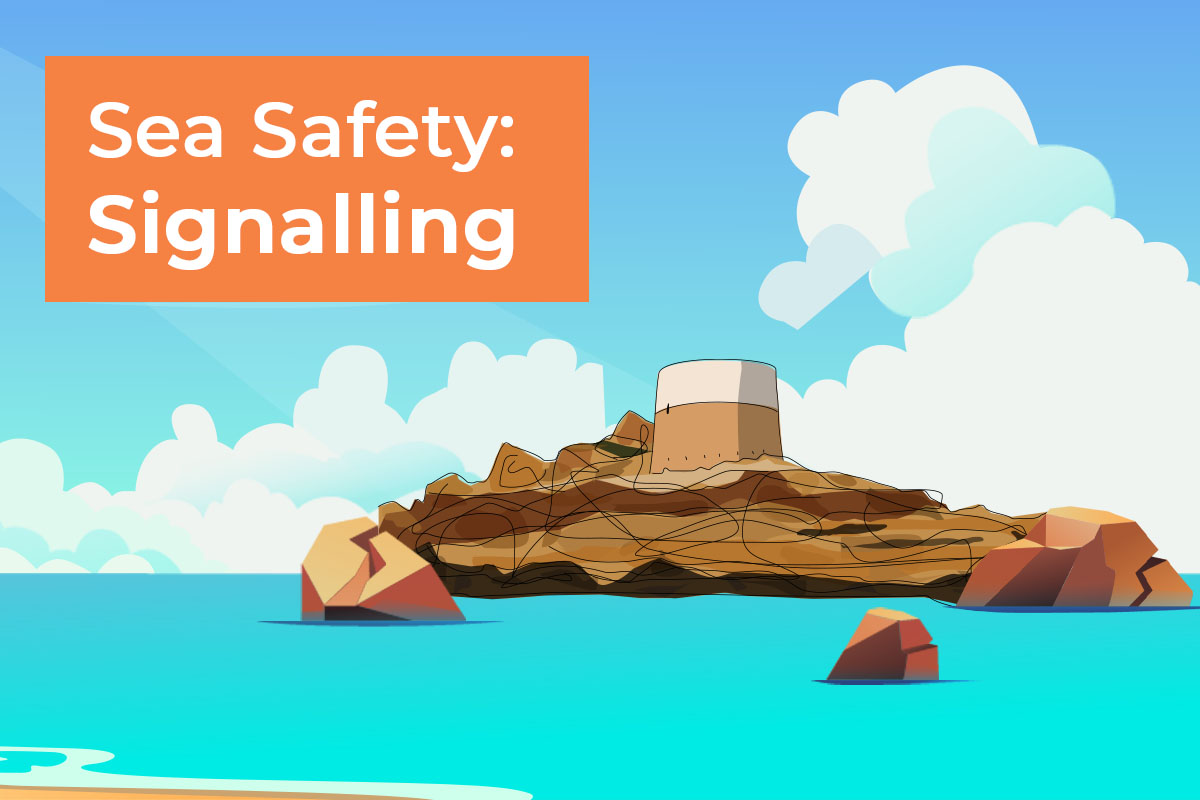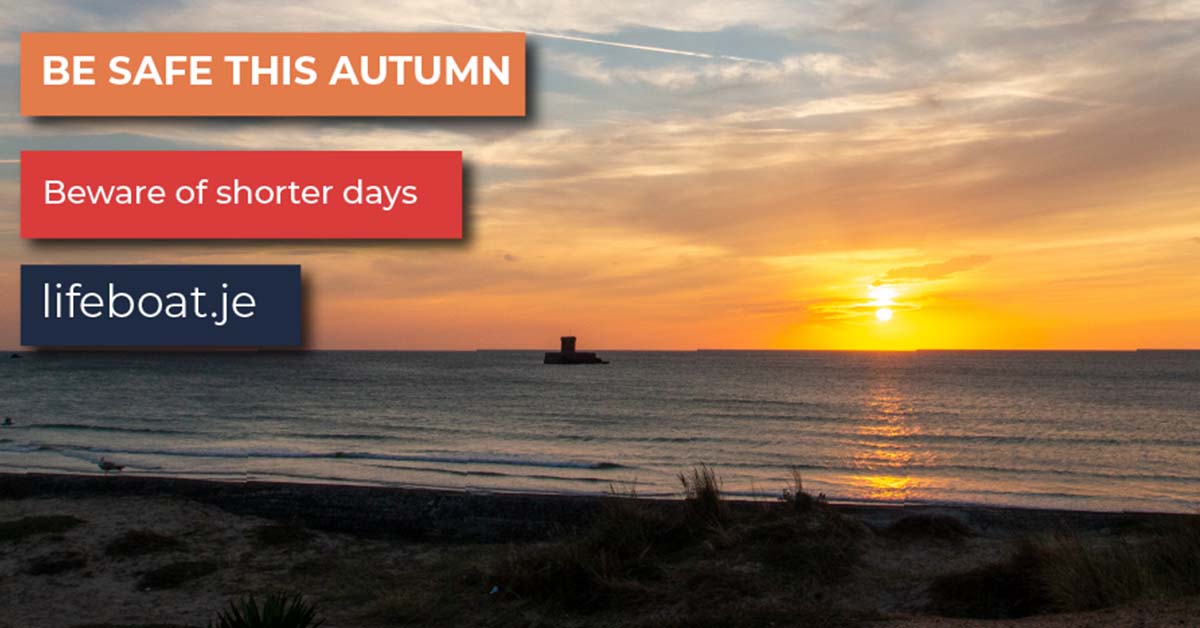Safety Services: Safety Flares 1. What are Flares? Boat flares are essential safety devices used by mariners to signal for help or communicate distress in emergencies. 2 Types of Flares Type A: Rocket parachute flare (red) Type B: Multi-star flare (red) Type C: Hand-held flare (red) Type D: Smoke signal—buoyant or hand-held (orange) 3 Red parachute rocket flares The red …
Sea Safety: VHF Radio
Safety Services: VHF Radio. Some simple rules VHF Radio Channels Channel 14 – St Helier VTS Channel 16 – Emergency Channel Channel 25/82 – Jersey Coastguard VHF Antenna Install to maximise communication range. Position at the highest point possible. Voice Procedure Useful for general info. Clear speaking: Keep it simple; keep it calm Ship to Ship Communicating with other vessels …
Sea Safety: Signalling
Be ready, even in good weather. Watch our short reel about signalling and be ready at all times. 1. VHF Radio Use Channel 16 on high power to signal distress. 2. Sound an Alarm Blow a whistle, sound a horn or bang a metal object. Morse Code SOS: 3 short 3 long 3 short. 3. Flares At night or day, …
Sea Safety: Lifejackets
Do you know the importance of lifejackets? Watch our short reel about lifejacket safety. Wear your lifejacket at sea. Wear it, Use it, Stay Safe. Your boats, your crew, your lives.
World Drowning Prevention Day 2023
25th July is World Drowning Prevention Day. Anyone can drown, no one should. Drowning is an issue that affects every nation of the world. On average 400 people drown in the UK each year and a further 200 people take their own lives on our waters. The Channel Islands are no exception to this. Our team of local volunteers have …
Safety Tips: Keep Warm
The summer months have come and gone, but this doesn’t mean that danger is going into hibernation. Besides, the pools lidos are still open. Of course, while you’re swimming, remember to stay as safe as possible. No matter what the season, safety should take precedence. Keep Warm When it comes to autumn safety tips, our advice is both basic and easy to …
Safety Tips: Allergy Alert
The summer months have come and gone, but this doesn’t mean that danger is going into hibernation. Besides, the pools lidos are still open. Of course, while you’re swimming, remember to stay as safe as possible. No matter what the season, safety should take precedence. Allergy Alert Don’t underestimate the dangers and annoyance of allergies. The falling leaves bring their …
Safety Tips: Shorter Days
The summer months have come and gone, but this doesn’t mean that danger is going into hibernation. Besides, the pools lidos are still open. Of course, while you’re swimming, remember to stay as safe as possible. No matter what the season, safety should take precedence. Shorter days bring more dangers The long days of summer are now behind us. In the autumn, the …
Safety Tips: Pool Safety
The summer months have come and gone, but this doesn’t mean that danger is going into hibernation. Besides, the pools lidos are still open. Of course, while you’re swimming, remember to stay as safe as possible. No matter what the season, safety should take precedence. Secure home swimming pools If you have a swimming pool, it’s time to start thinking about safely …
Safety Tips: Ventilation
The summer months have come and gone, but this doesn’t mean that danger is going into hibernation. Ventilation Vents tend to include gauzes and filters to keep out flies and dirt. These can get dusty or greasy over time, causing them to clog and reduce airflow. It’s easy to overlook this but it should be routine for you to check …










